You may not know of a place called Highway Garden (
Flower farming in Taiwan originates in Tianwei (

PHOTOS: DEREK LEE, TAIPEI TIMES
Tianwei has earned its reputation for being at the heart of the country's flower trade and as such has beautiful gardens and more than 200 flower shops, nurseries and European-style coffee shops along the two-lane road leading to the town. Day and night, the Highway Garden (
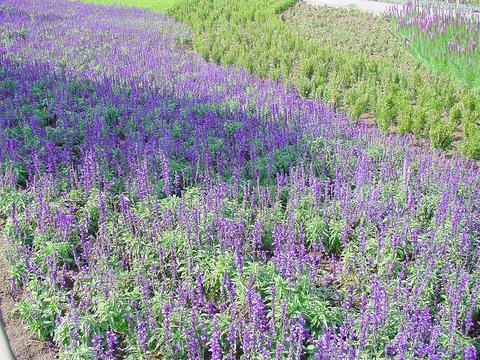
Chen Hsi-chian (陳錫堅) is a second-gene-ration flower farmer in his 40s and is the prime mover behind the Highway Garden project in Tianwei. "Most of the flower farmers in this town inherit their business either from their father or grandfather. Tianwei now grows the biggest variety and highest volume of flowers in Taiwan," Chen said. "We cultivate around 200 hectares of land to grow more than 10 million chrysanthemum plants [of different types] each year, in order to meet the needs of domestic and overseas buyers. Whatever the season, a visitor will see different kinds of flowers being grown here."
Both Lee Kun-ti (
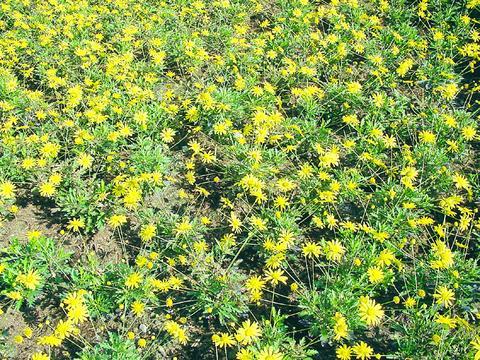
The most important reason for the success of flower growers in the area is however, beneath their feet. The thick mud brought down from mountain areas each year by a flooding Choshui River (
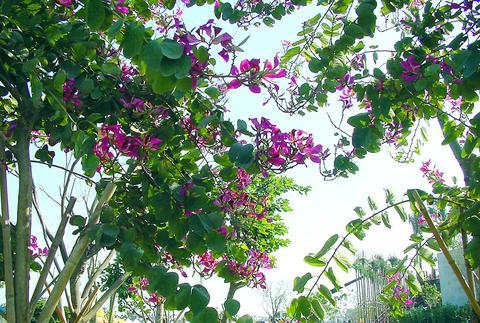
With its century-long history of flower farming, Tianwei has expanded its farming operation to approximately 300 hectares. This represents an estimated 43 percent share of Taiwan's wholesale flower market.
As such it was no surprise when Zhanghua County Magistrate Wong Chin-chu (
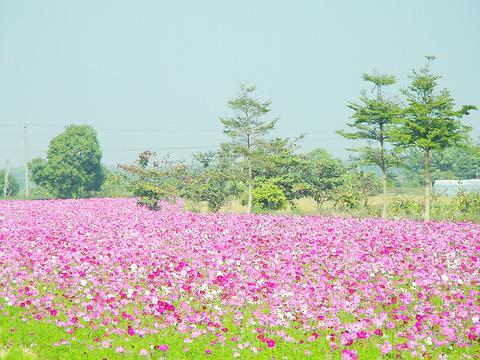
There is a good reason why the flower show is being held during the winter season. Due to the relatively cooler temperatures of around 22℃ on average from November to March in central Taiwan, the quality of the flowers is best at this time of the year. Also, the Lunar New Year holiday season -- between mid-January and mid-February, lasting about five days -- sees sales go up by three to four times the normal volume. The flower show in Hsichou from Jan. 17 to March 14 is therefore a good way of promoting sales of high quality winter flowers to the two largest public auction houses in Taiwan -- Neihu (
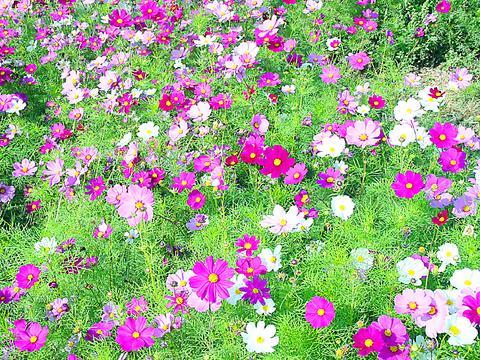
Presently, the total annual value of the flower industry in Taiwan is slightly more than NT$10 billion. Of this, more than NT$3.2 billion of business is in cut flowers, said Tom Chang (
Zhanghua County is now ambitiously committing nearly 5,000 hectares of land for flower growing in an attempt to account for 46 percent of the country's total plantation area.
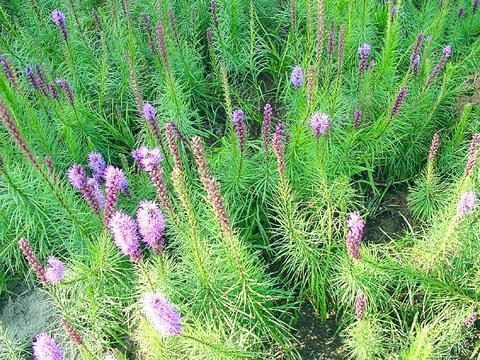
Kevin Chung (
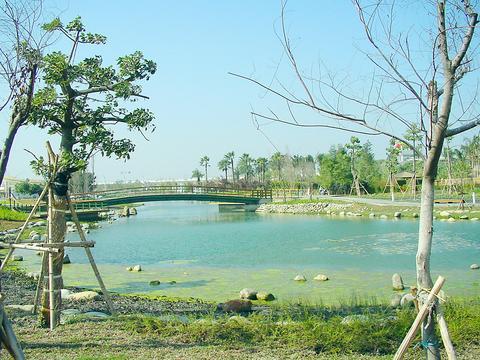
With its tropical and sub-tropical weather, Taiwanese flowers such as the Formosan moth orchard (
Chen said Taiwan's flower growers competed on level terms internationally in terms of variety, production skills, packaging and control of flower farming and the size of the Hsichou Flower Expo 2004 shows just how determined local growers are to build the country into a flower kingdom, through skilful management and plantation of tropical and sub-tropical plants and flowers. The show is a milestone for the local floral industry, which is set to grow further and perhaps even one day rival Holland.

Many people noticed the flood of pro-China propaganda across a number of venues in recent weeks that looks like a coordinated assault on US Taiwan policy. It does look like an effort intended to influence the US before the meeting between US President Donald Trump and Chinese dictator Xi Jinping (習近平) over the weekend. Jennifer Kavanagh’s piece in the New York Times in September appears to be the opening strike of the current campaign. She followed up last week in the Lowy Interpreter, blaming the US for causing the PRC to escalate in the Philippines and Taiwan, saying that as

This year’s Miss Universe in Thailand has been marred by ugly drama, with allegations of an insult to a beauty queen’s intellect, a walkout by pageant contestants and a tearful tantrum by the host. More than 120 women from across the world have gathered in Thailand, vying to be crowned Miss Universe in a contest considered one of the “big four” of global beauty pageants. But the runup has been dominated by the off-stage antics of the coiffed contestants and their Thai hosts, escalating into a feminist firestorm drawing the attention of Mexico’s president. On Tuesday, Mexican delegate Fatima Bosch staged a

Nov. 3 to Nov. 9 In 1925, 18-year-old Huang Chin-chuan (黃金川) penned the following words: “When will the day of women’s equal rights arrive, so that my talents won’t drift away in the eastern stream?” These were the closing lines to her poem “Female Student” (女學生), which expressed her unwillingness to be confined to traditional female roles and her desire to study and explore the world. Born to a wealthy family on Nov. 5, 1907, Huang was able to study in Japan — a rare privilege for women in her time — and even made a name for herself in the

Taiwan can often feel woefully behind on global trends, from fashion to food, and influences can sometimes feel like the last on the metaphorical bandwagon. In the West, suddenly every burger is being smashed and honey has become “hot” and we’re all drinking orange wine. But it took a good while for a smash burger in Taipei to come across my radar. For the uninitiated, a smash burger is, well, a normal burger patty but smashed flat. Originally, I didn’t understand. Surely the best part of a burger is the thick patty with all the juiciness of the beef, the